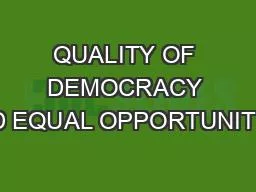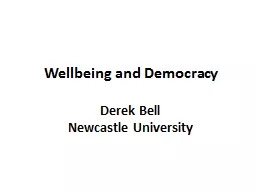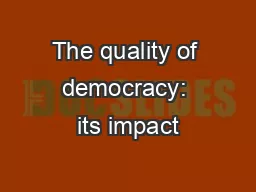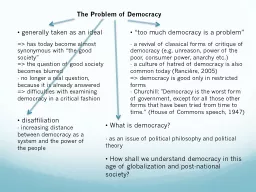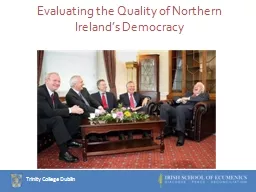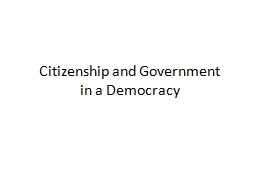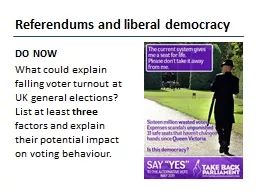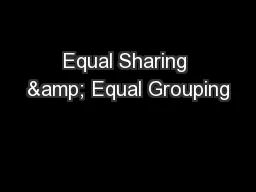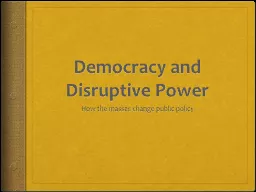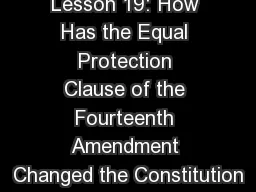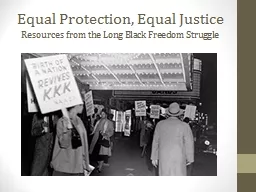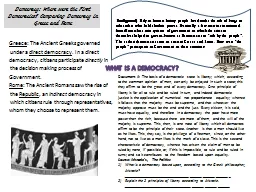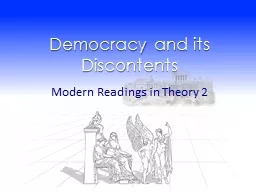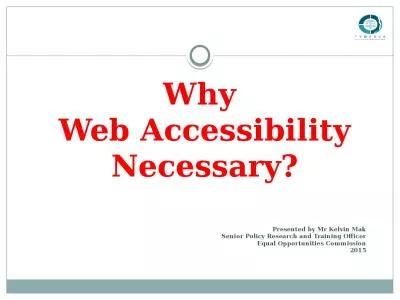PPT-QUALITY OF DEMOCRACY AND EQUAL OPPORTUNITIES:
Author : projoutr | Published Date : 2020-06-25
ATTITUDES AND SOCIAL PRACTICE OF LITHUANIANS Dispute resolution on discrimination in Lithuania Two case studies sexual harassment and trade union membership Lector
Presentation Embed Code
Download Presentation
Download Presentation The PPT/PDF document "QUALITY OF DEMOCRACY AND EQUAL OPPORTUNI..." is the property of its rightful owner. Permission is granted to download and print the materials on this website for personal, non-commercial use only, and to display it on your personal computer provided you do not modify the materials and that you retain all copyright notices contained in the materials. By downloading content from our website, you accept the terms of this agreement.
QUALITY OF DEMOCRACY AND EQUAL OPPORTUNITIES:: Transcript
Download Rules Of Document
"QUALITY OF DEMOCRACY AND EQUAL OPPORTUNITIES:"The content belongs to its owner. You may download and print it for personal use, without modification, and keep all copyright notices. By downloading, you agree to these terms.
Related Documents

